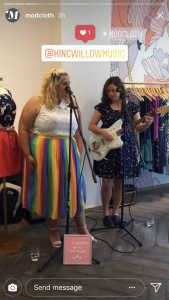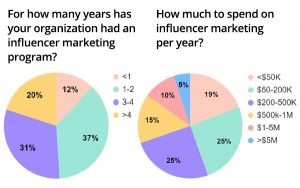by Laurie Sullivan, November 27, 2014
Online video ads are far more effective than other platforms — aside from search engine marketing — at driving purchase intent, but data from a recent survey identifies specific features that make these ads most influential. One feature that is lacking is personalization, to help consumers make better purchase decisions.
A Millward Brown Digital study looks at the effectiveness of advertising at 1 exposure to an ad, a digital video ad has an average 1.1% increase in purchase intent, whereas a standard static ad has an average 0.2% increase in purchase intent, and a rich media ad has an average 0.6% increase in purchase intent.
There’s a perfect opportunity to build video applications to show what specific pieces of furniture look like in a room or several pieces of clothes pieced together, but brands have not reached that sophistication, yet, said Joline McGoldrick, director of product knowledge at Millward Brown Digital. “It’s still an untapped idea,” she said. “Consumers expect it, but we’re not seeing it yet.”
Building a video app that allows consumers to pull together pieces of furniture to configure a layout based on the dimensions of a room, or pulling together pieces of clothing to complete an outfit, would personalize the experience.
Since Millward Brown Digital began measuring digital advertising, favorability of all digital formats has consistently lagged behind television advertising, and other traditional formats, by nearly 50%. While in the U.S. multiscreen audiences spend 147 minutes per day watching TV, they spend 297 minutes with digital screens. Advertiser dollars are following, and the digital video spend should surpass $10 billion by 2017, per eMarketer.
Automotive and retail make the biggest investments in video. These people should be able to figure it out, McGoldrick said. “There’s a whole big opportunity for disruption, but no one has figured it out yet in any meaningful way,” she said.
Varying features have greater or less influence. The top 20% of digital video ads lead to an increase in awareness — 9.6% Aided Brand Awareness, 12.6% Online Ad Awareness, 8.5% increase in Message Association — and a customer’s propensity to engage with the brand down the purchase funnel — 8.7% increase in Brand Favorability, and 9.2% increase in Purchase Intent. Not only are the bottom 20% ineffective, but they can damage the favorability of the brand and the consumer’s likelihood to purchase their product.
The attention span of consumers has much to do with the success of a video advertisement, especially when watching it on a smartphone. It takes between five and 10 minutes to complete a task on desktop and five to eight on a smartphone, McGoldrick said.
The Millward Brown Digital data identifies four best practices for enhancing the effectiveness of a brand’s digital video presence. They include tapping into consumer emotions, consolidate the source of the audio and the video rather than to help focus consumers, align the complexity of the message and the length of the creative to become more effective, and consider the platform where the ad will serve up to the consumer. Brands may need something that quickly captures the attention of the audience.
(303)





